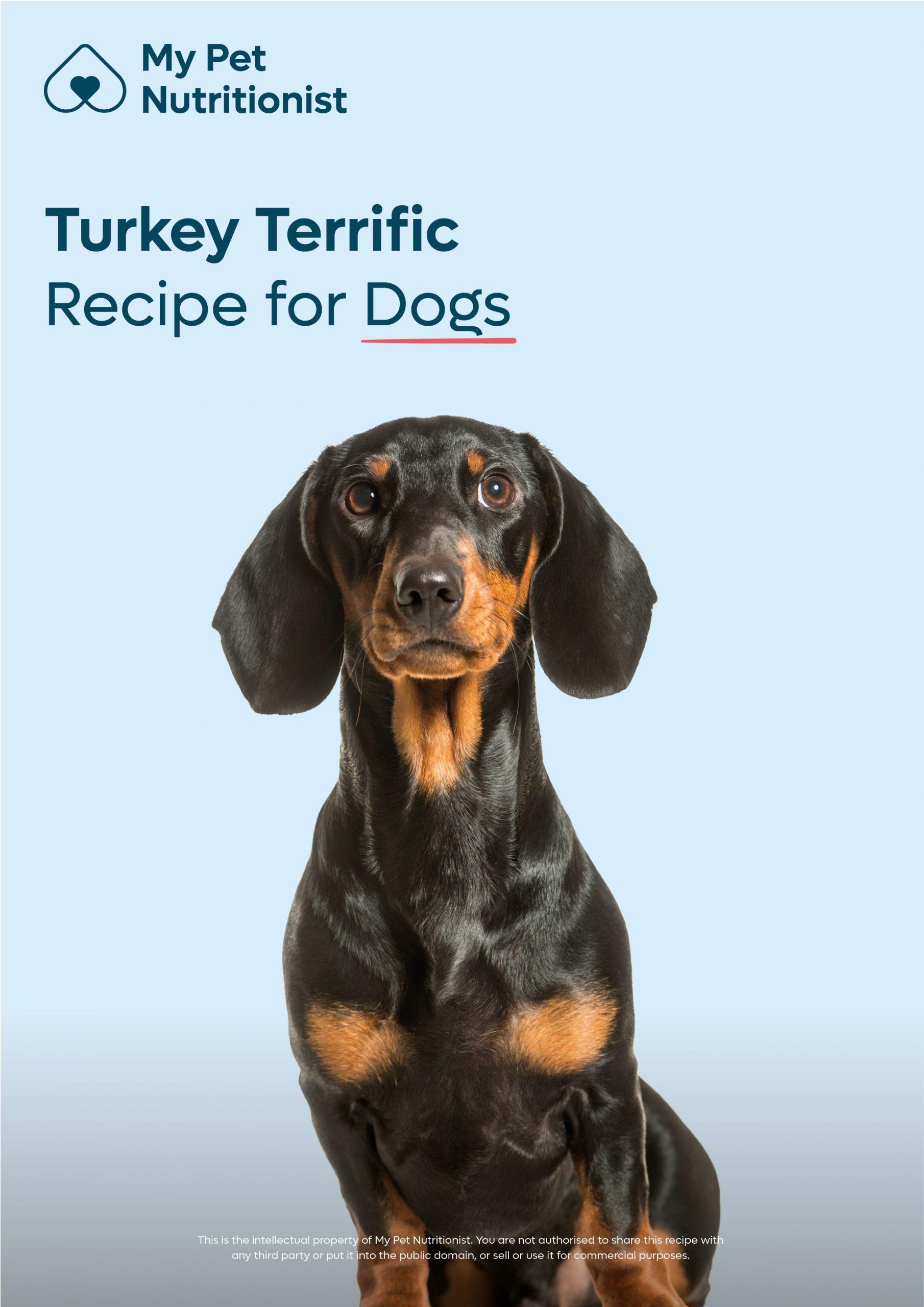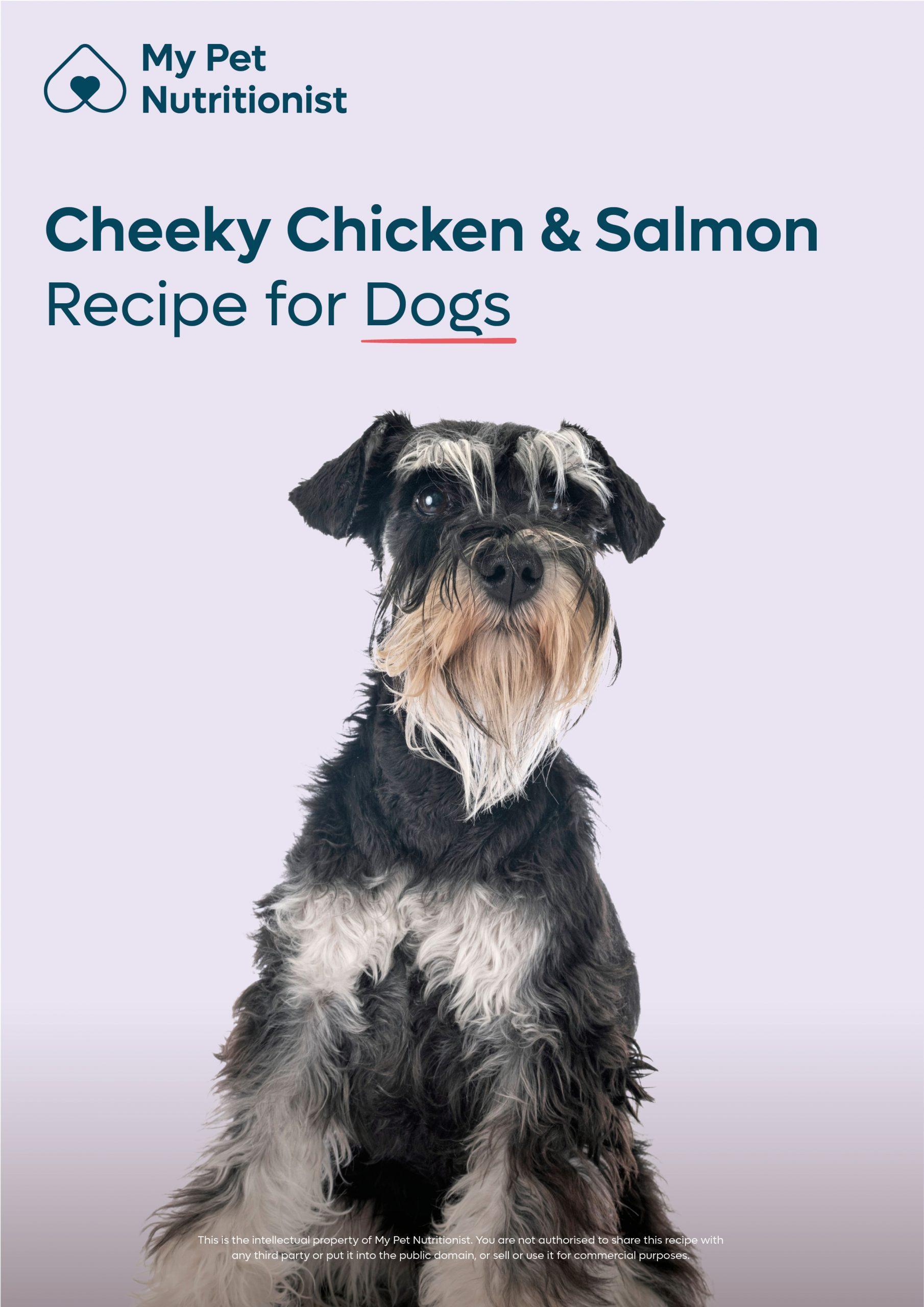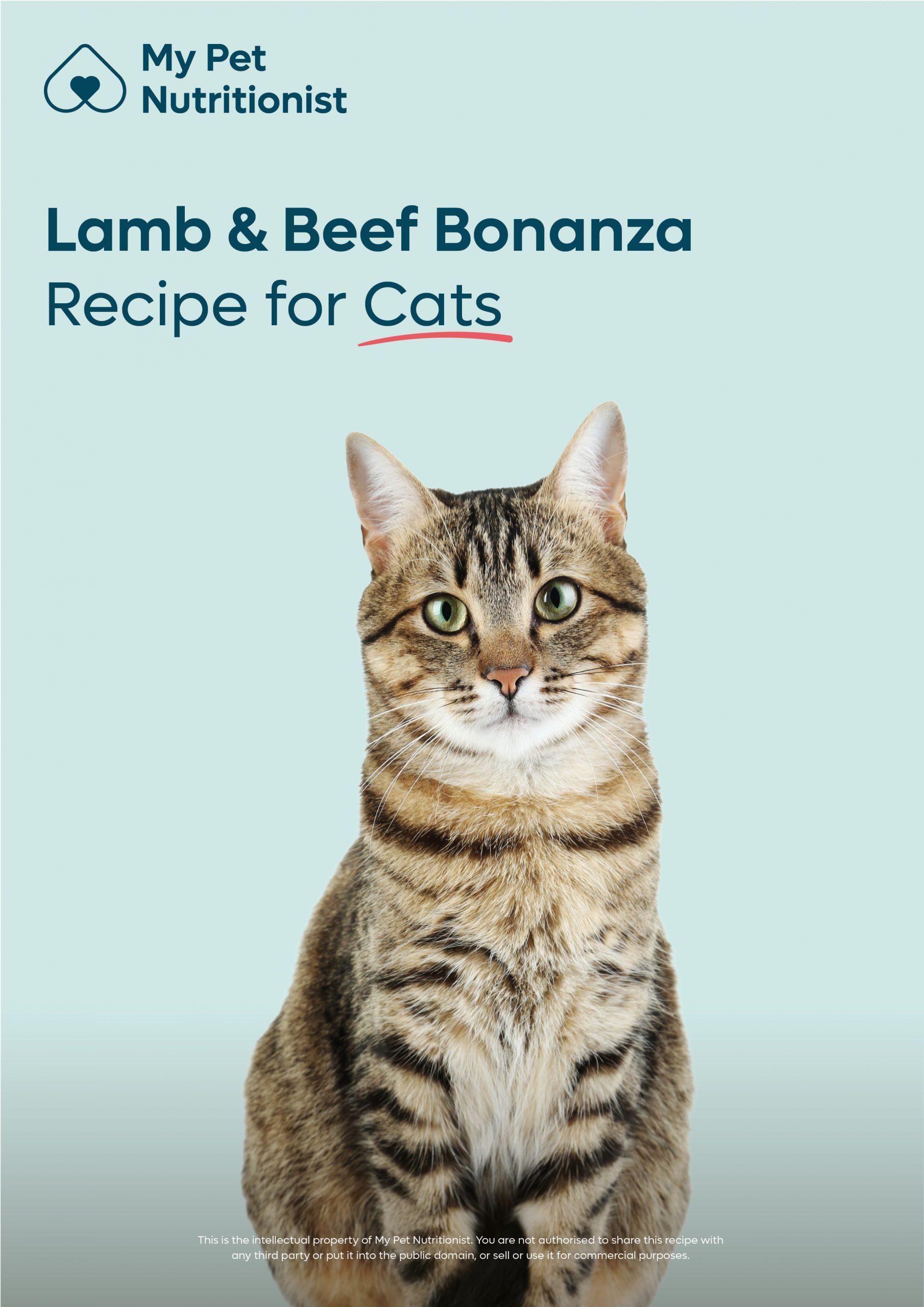
The Low Down on Keratosis
- October 5, 2023
- 4 mins 45 secs
Here at My Pet Nutritionist, we see many dog owners worrying about the condition of their dog’s skin. The appearance of keratosis, and risk of secondary infection can be concerning, but there are things we can do to help those suffering with it. Keep reading to find out what it is, and how we can help those with it.
Those with keratosis will usually find it on the paw pads, and nose. While it can happen elsewhere on the body, these are the most common places it is found in our dogs.
Many owners ask if keratosis is painful for their dog. Unfortunately keratosis can be very sore and uncomfortable for them, especially those with cracked skin, and secondary infection. The areas can become very inflamed too, which adds to the pain sensation.
Age is a huge factor in those with keratosis. It is commonly seen in older dogs, of any breed, but it is most commonly seen in elderly cocker spaniels, boxers, beagles, basset hounds, and various bull breeds.
Findings Here
Infectious Disease Survivors can be more prone to keratosis, specifically those who have had a systemic infection (an infection which affects the whole body), such as leishmaniasis and distemper. Internal upset in the body, very often presents externally as a skin reaction. The skin is very often an outward sign of inward stress.
Findings Here
Findings Here
Systemic Autoimmune Disease such as systemic lupus and pemphigus foliaceus can also lead to keratosis, again, as an outward sign of inward stress.
Findings Here
Genetic predisposition is a very common cause of keratosis. It is incredibly important not to overlook lineages/parentage of your dog. This is obviously not easily achievable in most rescue dogs, but if you are planning on buying a puppy from a breeder, a history of skin related issues in the breeding stock is very worth asking for.
Labradors are particularly prone to hereditary keratosis of the nose, and usually starts between the age of 6 and 12 months, with recurrent flare ups throughout the dog’s lifespan.
A lot of healthy individuals who have no other visible reason for the onset of keratosis, will be diagnosed with having idiopathic (no identifiable cause) keratosis.
Findings Here
Inadequate Diet Type. The method of feeding being used can also affect the possibility of the dog getting keratosis. As always, we would recommend a fresh food diet, as these are minimally processed, and allow ingredients to provide unaltered nutrition.
Zinc Deficiency can cause keratosis. Some breeds of dog, namely the husky and the malamute, cannot absorb zinc efficiently, by genetic predisposition. Many other breeds of dog who grow at a rapid rate, mostly giant breeds, may also struggle to absorb zinc efficiently. One of the main reasons we see in a variety of individuals of many breeds, large and small, is zinc deficiency, leading to keratosis – it is the second most common mineral deficiency, and can be tested for through hair analysis and blood testing at the same time. The lack of zinc can contribute to keratosis as it causes the abnormal production of keratin.
Findings Here
Findings Here
Trauma, particularly to one particular area of the skin, keratosis is common. This is because the cells in the skin, called keratinocytes, react to the repeated trauma by producing excess keratin, with the aim of hardening the skin for protection. This is often why many dogs suffer with keratosis on their paw pads; from repeated walking on hard surfaces.
Elderly or overweight dogs who sleep or lay frequently on hard floors often struggle with keratosis due to repeated pressure on certain parts of the body.
Findings Here
As keratosis presents as dry skin, the most important thing to do, is moisturise it. Moisturising the area is imperative to healing keratosis. There are so many natural, and very effective products you can use to moisturise. Coconut oil is one of the most popular, and readily available on the market. Other products include an array of natural snout and paw balms from various companies. Look out for those which do not contain unnatural ingredients – look out for products made from one, or a mix of a couple natural oils such as seed oils and coconut oils, and often a combination of dog friendly essential oils and other seed oils.
Apply your chosen moisturising product twice per day, and try to avoid letting your dog lick it off.
First we’ll look at diet. A fresh diet would be ideal – these give plenty of moisture, vs dry food which contains very little moisture. Fresh foods are also not ultra-processed, so are much more gut, and therefore skin friendly, as there are huge links with the gut and skin health when we look at the gut-skin axis, for which more information can be discovered in our blog. The vast majority of dry foods on the market have been shown to not meet minimum nutritional guidelines, so deficiencies linked to keratosis are very possible. Using balanced fresh food can be much easier to balance, as we know what is in it.
Let’s take a look at supplements. In breeds with a zinc deficiency predisposition, it is important to supplement with zinc. Other breeds shouldn’t require this.
The other most important supplement to add to your dogs diet, if they are suffering from keratosis, is Omega 3. Due to the inflammation caused by keratosis, the anti-inflammatory actions of omega 3 are very important. For more information on feeding omega 3 fatty acids to your dog, check out our blog here!. Adding omega 3 massively benefits the skin and coat, among other benefits.
If your dog has keratosis, try these simple changes to your dog’s lifestyle and diet, and watch for progressively smoother skin in the areas affected; you may be pleasantly surprised! If you are still struggling, or your dog has an underlying condition causing the keratosis on which you need assistance, be sure to book in with one of our team for a consultation and tailored health and diet plan!
Team MPN x
What is Keratosis?
Usually referred to as Hyperkeratosis, the condition presents as hardened, thickened, and often cracked and very dry skin. The term ‘keratosis’ stems from overgrowth of keratin in the skin. When too much keratin is produced, the skin becomes less supple. Unfortunately, hyperkeratosis often leads to secondary infection when it is not treated promptly.Those with keratosis will usually find it on the paw pads, and nose. While it can happen elsewhere on the body, these are the most common places it is found in our dogs.
Many owners ask if keratosis is painful for their dog. Unfortunately keratosis can be very sore and uncomfortable for them, especially those with cracked skin, and secondary infection. The areas can become very inflamed too, which adds to the pain sensation.
Causes of Keratosis
There are various factors which can lead to your dog getting keratosis. Let’s have a look at some of these.Age is a huge factor in those with keratosis. It is commonly seen in older dogs, of any breed, but it is most commonly seen in elderly cocker spaniels, boxers, beagles, basset hounds, and various bull breeds.
Findings Here
Infectious Disease Survivors can be more prone to keratosis, specifically those who have had a systemic infection (an infection which affects the whole body), such as leishmaniasis and distemper. Internal upset in the body, very often presents externally as a skin reaction. The skin is very often an outward sign of inward stress.
Findings Here
Findings Here
Systemic Autoimmune Disease such as systemic lupus and pemphigus foliaceus can also lead to keratosis, again, as an outward sign of inward stress.
Findings Here
Genetic predisposition is a very common cause of keratosis. It is incredibly important not to overlook lineages/parentage of your dog. This is obviously not easily achievable in most rescue dogs, but if you are planning on buying a puppy from a breeder, a history of skin related issues in the breeding stock is very worth asking for.
Labradors are particularly prone to hereditary keratosis of the nose, and usually starts between the age of 6 and 12 months, with recurrent flare ups throughout the dog’s lifespan.
A lot of healthy individuals who have no other visible reason for the onset of keratosis, will be diagnosed with having idiopathic (no identifiable cause) keratosis.
Findings Here
Inadequate Diet Type. The method of feeding being used can also affect the possibility of the dog getting keratosis. As always, we would recommend a fresh food diet, as these are minimally processed, and allow ingredients to provide unaltered nutrition.
Zinc Deficiency can cause keratosis. Some breeds of dog, namely the husky and the malamute, cannot absorb zinc efficiently, by genetic predisposition. Many other breeds of dog who grow at a rapid rate, mostly giant breeds, may also struggle to absorb zinc efficiently. One of the main reasons we see in a variety of individuals of many breeds, large and small, is zinc deficiency, leading to keratosis – it is the second most common mineral deficiency, and can be tested for through hair analysis and blood testing at the same time. The lack of zinc can contribute to keratosis as it causes the abnormal production of keratin.
Findings Here
Findings Here
Trauma, particularly to one particular area of the skin, keratosis is common. This is because the cells in the skin, called keratinocytes, react to the repeated trauma by producing excess keratin, with the aim of hardening the skin for protection. This is often why many dogs suffer with keratosis on their paw pads; from repeated walking on hard surfaces.
Elderly or overweight dogs who sleep or lay frequently on hard floors often struggle with keratosis due to repeated pressure on certain parts of the body.
Findings Here
Supporting the Body Externally
Recovery from keratosis is a two pronged attack, using internal, and external methods. So what can we do externally to help our dogs suffering with keratosis?As keratosis presents as dry skin, the most important thing to do, is moisturise it. Moisturising the area is imperative to healing keratosis. There are so many natural, and very effective products you can use to moisturise. Coconut oil is one of the most popular, and readily available on the market. Other products include an array of natural snout and paw balms from various companies. Look out for those which do not contain unnatural ingredients – look out for products made from one, or a mix of a couple natural oils such as seed oils and coconut oils, and often a combination of dog friendly essential oils and other seed oils.
Apply your chosen moisturising product twice per day, and try to avoid letting your dog lick it off.
Supporting the Body Internally
The second prong of the two-pronged approach, is internal supplementation, and dietary changes.First we’ll look at diet. A fresh diet would be ideal – these give plenty of moisture, vs dry food which contains very little moisture. Fresh foods are also not ultra-processed, so are much more gut, and therefore skin friendly, as there are huge links with the gut and skin health when we look at the gut-skin axis, for which more information can be discovered in our blog. The vast majority of dry foods on the market have been shown to not meet minimum nutritional guidelines, so deficiencies linked to keratosis are very possible. Using balanced fresh food can be much easier to balance, as we know what is in it.
Let’s take a look at supplements. In breeds with a zinc deficiency predisposition, it is important to supplement with zinc. Other breeds shouldn’t require this.
The other most important supplement to add to your dogs diet, if they are suffering from keratosis, is Omega 3. Due to the inflammation caused by keratosis, the anti-inflammatory actions of omega 3 are very important. For more information on feeding omega 3 fatty acids to your dog, check out our blog here!. Adding omega 3 massively benefits the skin and coat, among other benefits.
If your dog has keratosis, try these simple changes to your dog’s lifestyle and diet, and watch for progressively smoother skin in the areas affected; you may be pleasantly surprised! If you are still struggling, or your dog has an underlying condition causing the keratosis on which you need assistance, be sure to book in with one of our team for a consultation and tailored health and diet plan!
Team MPN x
Customer Reviews
Related articles
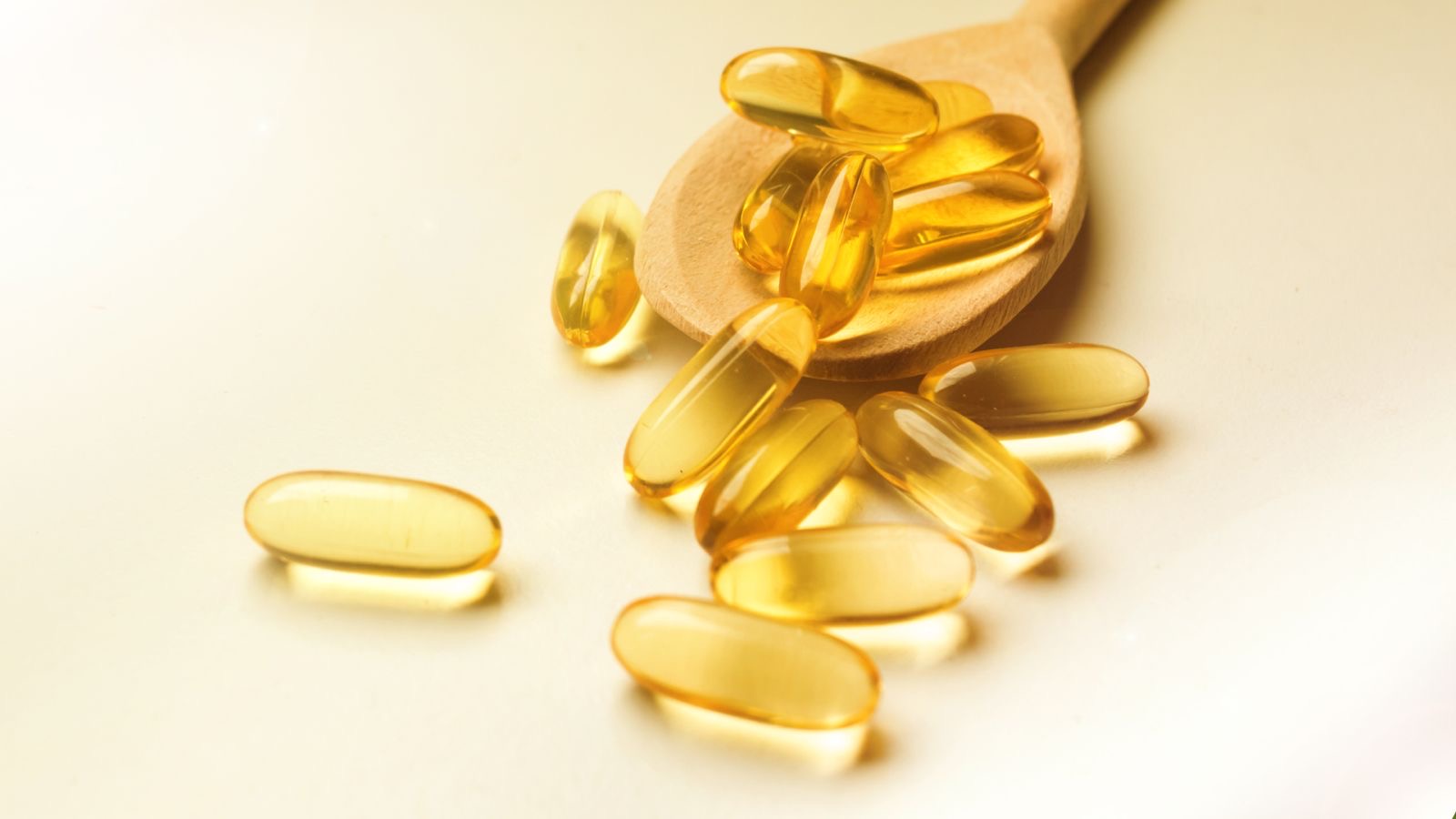
Disease ManagementGeneral HealthAutoimmunityDogsItching & AllergiesSkin Health
How to Choose the Best Omega Oil for Pets
May 03 2024
•
12 mins 45 secs

Disease ManagementGeneral HealthAutoimmunityDogsItching & AllergiesSkin Health
The Low Down on Furunculosis
Nov 09 2023
•
10 mins 45 secs
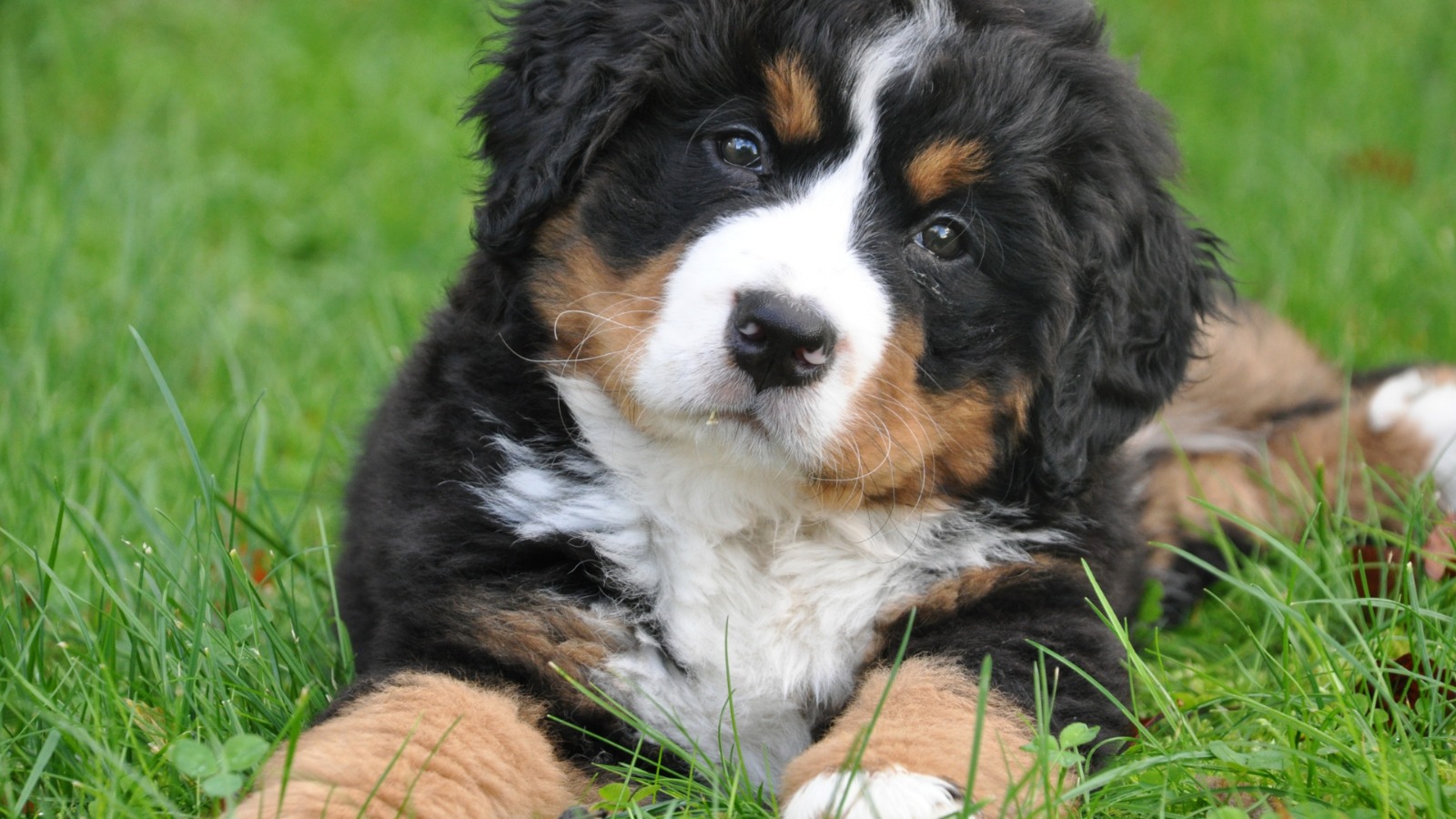
Disease ManagementGeneral HealthAutoimmunityDogsItching & AllergiesSkin Health
How to Help My Yeasty Dog
Oct 26 2023
•
10 mins 30 secs
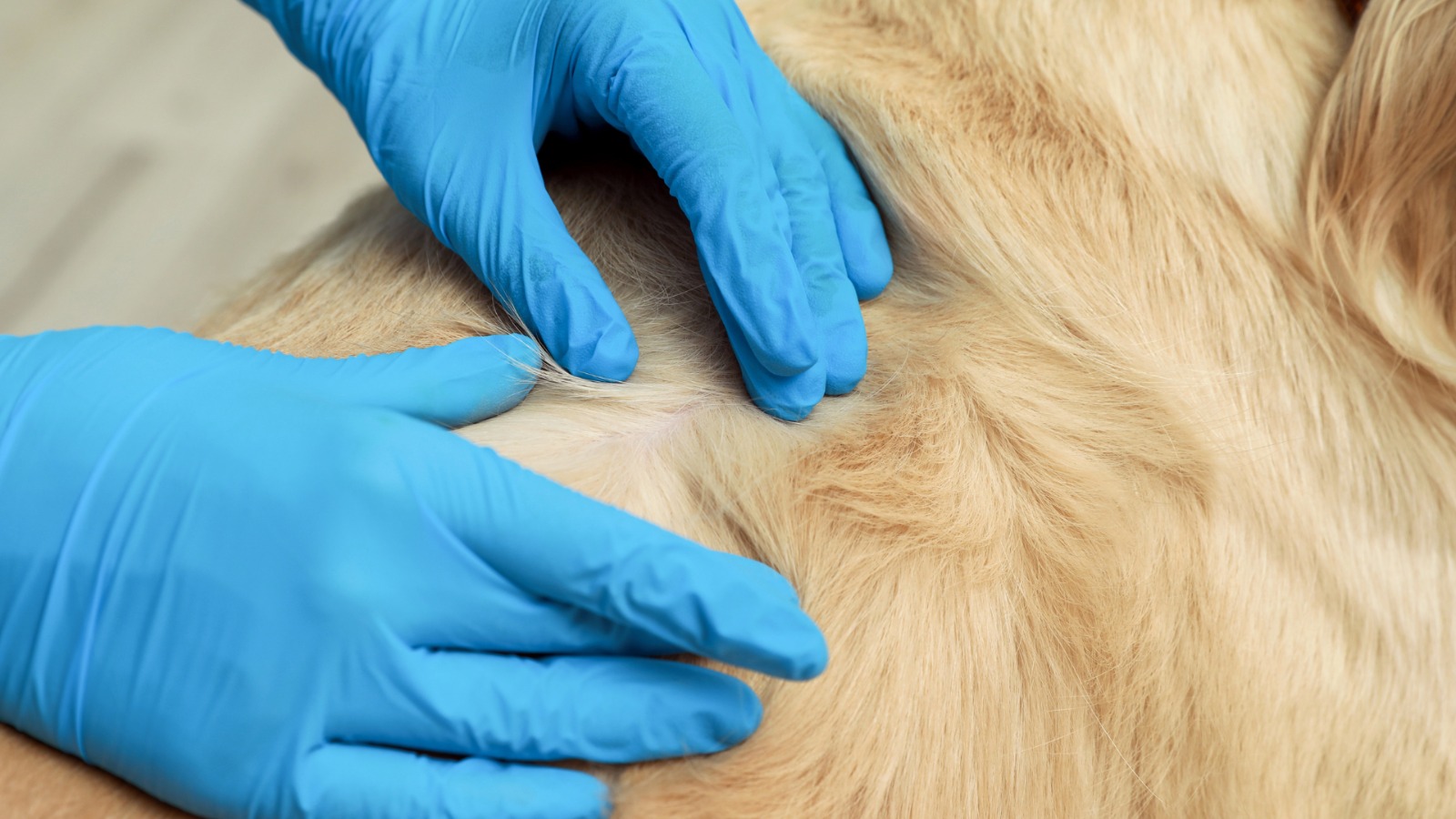
Disease ManagementGeneral HealthAutoimmunityDogsItching & AllergiesSkin Health
The Low Down on Keratosis
Oct 05 2023
•
4 mins 45 secs
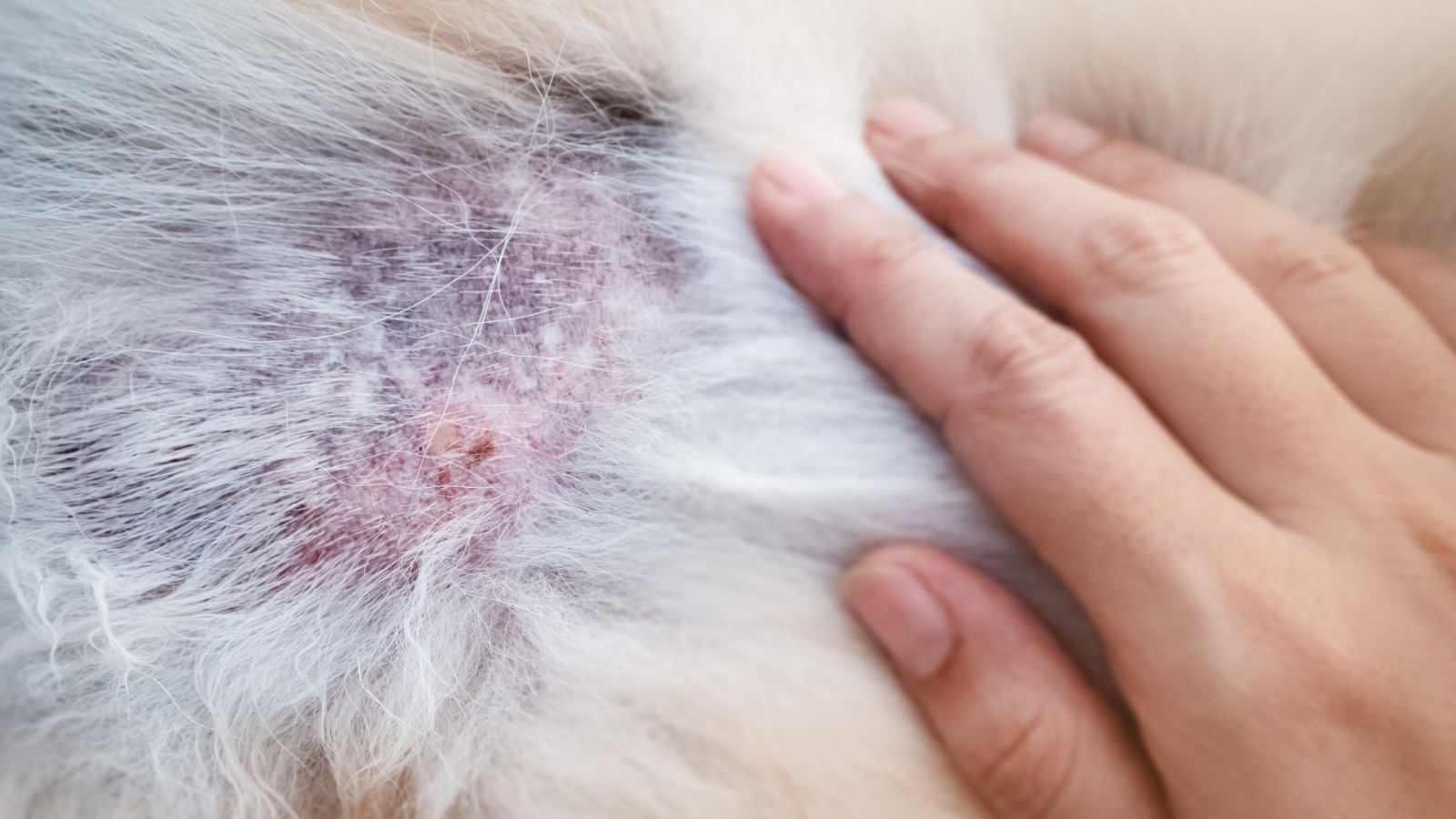
Disease ManagementGeneral HealthAutoimmunityDogsItching & AllergiesSkin Health
Hotspots: What’s Causing Them, and How To Help
Sep 14 2023
•
6 mins 20 secs
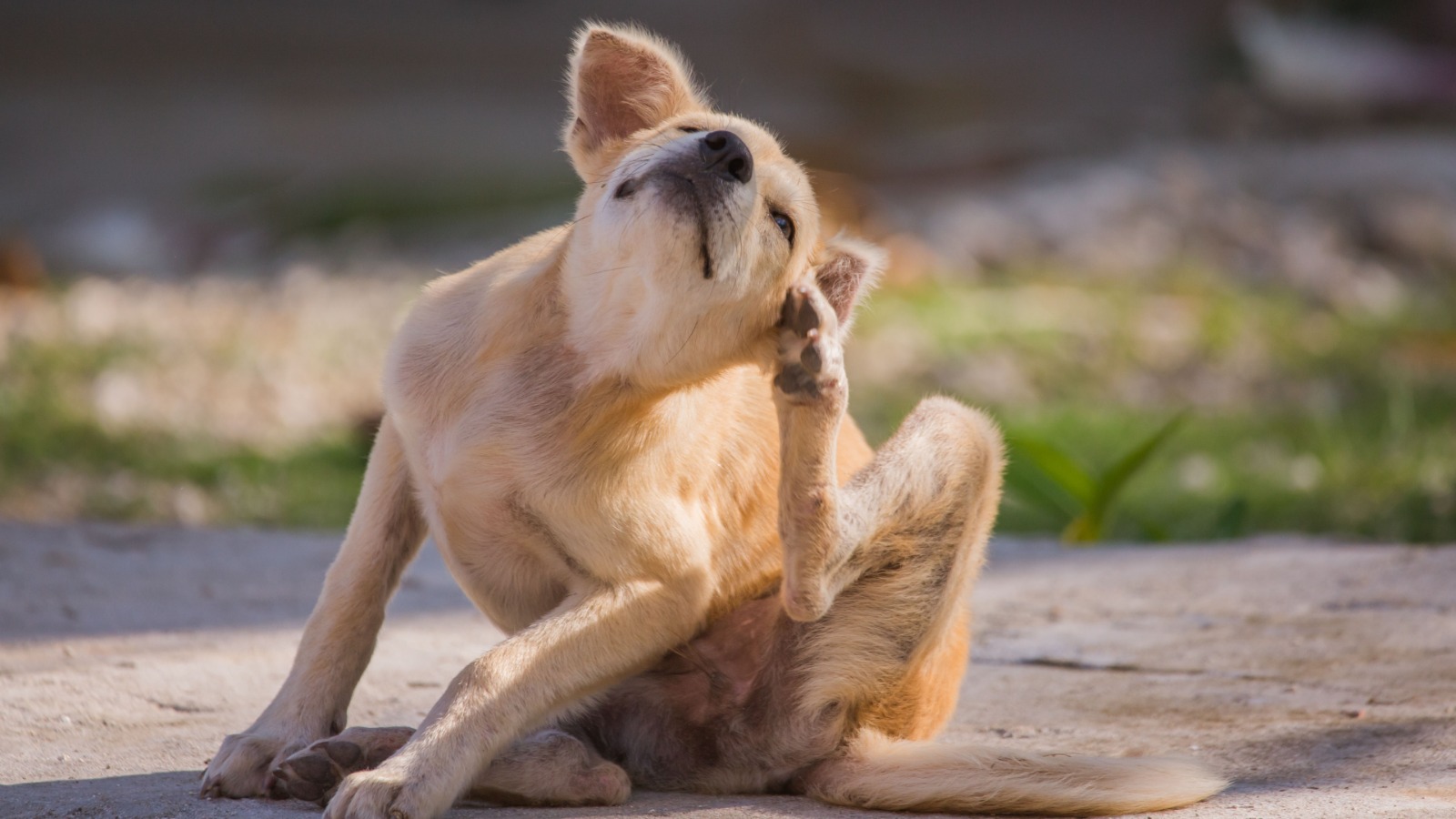
Disease ManagementGeneral HealthAutoimmunityDogsItching & AllergiesSkin Health
The Low Down on Pyoderma
Aug 24 2023
•
5 mins
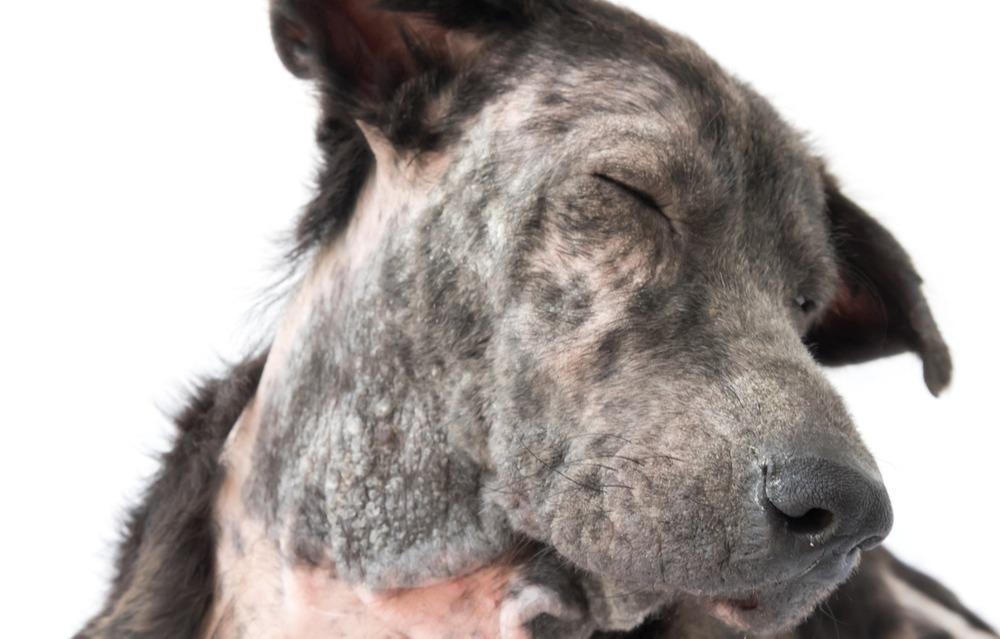
Disease ManagementGeneral HealthAutoimmunityDogsItching & AllergiesSkin Health
5 Reasons for Alopecia in Pets
Nov 16 2022
•
4 mins 30 secs

Disease ManagementGeneral HealthAutoimmunityDogsItching & AllergiesSkin Health
Does My Pet’s Skin Have Its Own HPA Axis?
Sep 12 2022
•
6 mins

Disease ManagementGeneral HealthAutoimmunityDogsItching & AllergiesSkin Health
Things To Think About: Skin Health in Dogs
Aug 01 2022
•
7 mins 30 secs

Disease ManagementGeneral HealthAutoimmunityDogsItching & AllergiesSkin Health
Nutrients for Skin Health in Dogs
Jul 04 2022
•
3 mins 29 secs

Disease ManagementGeneral HealthAutoimmunityDogsItching & AllergiesSkin Health
Could My Dog’s Coat Type Contribute to Skin Issues?
Jun 16 2022
•
7 mins

Disease ManagementGeneral HealthAutoimmunityDogsItching & AllergiesSkin Health
Does My Dog Have A Gut-Skin Axis?
Feb 14 2022
•
4 mins 48 secs
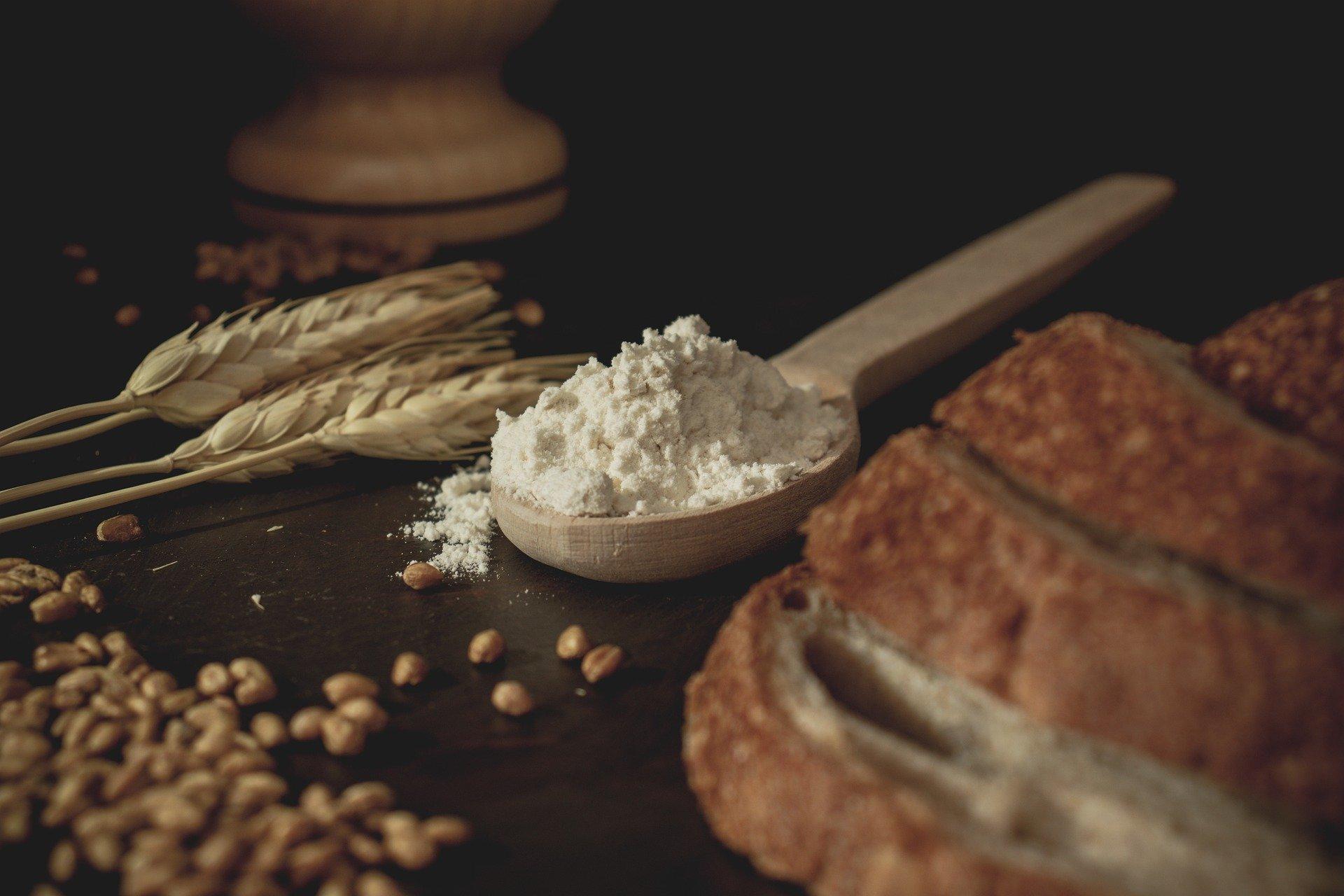
Disease ManagementGeneral HealthAutoimmunityDogsItching & AllergiesSkin Health
Does My Dog Need a Grain Free Diet?
Oct 15 2021
•
5 mins 46 secs
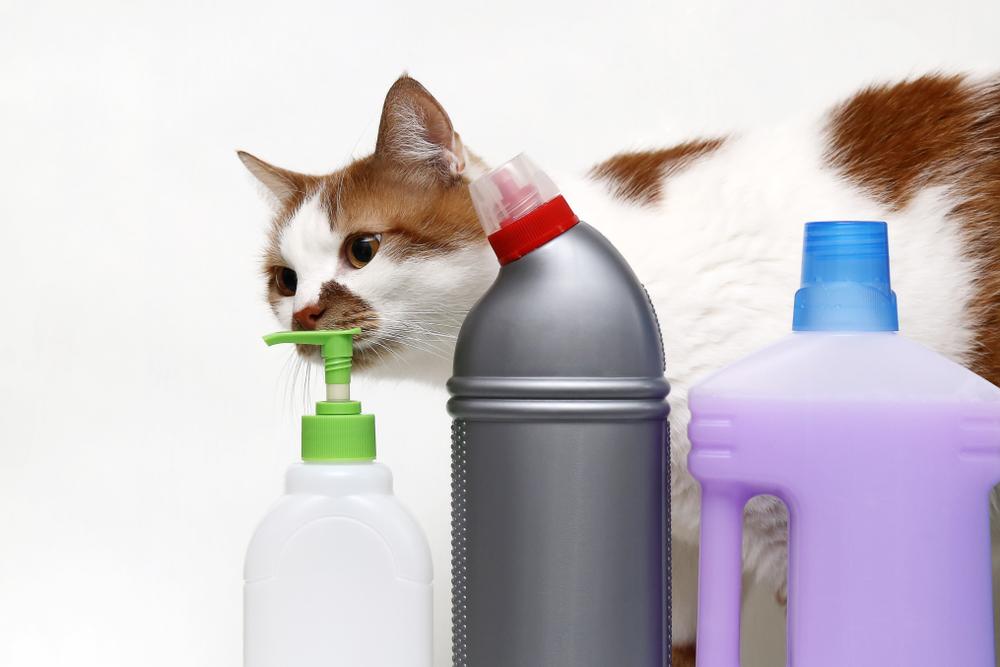
Disease ManagementGeneral HealthAutoimmunityDogsItching & AllergiesSkin Health
The Struggle of the Cat in our Toxic World
Mar 09 2021
•
8 min read
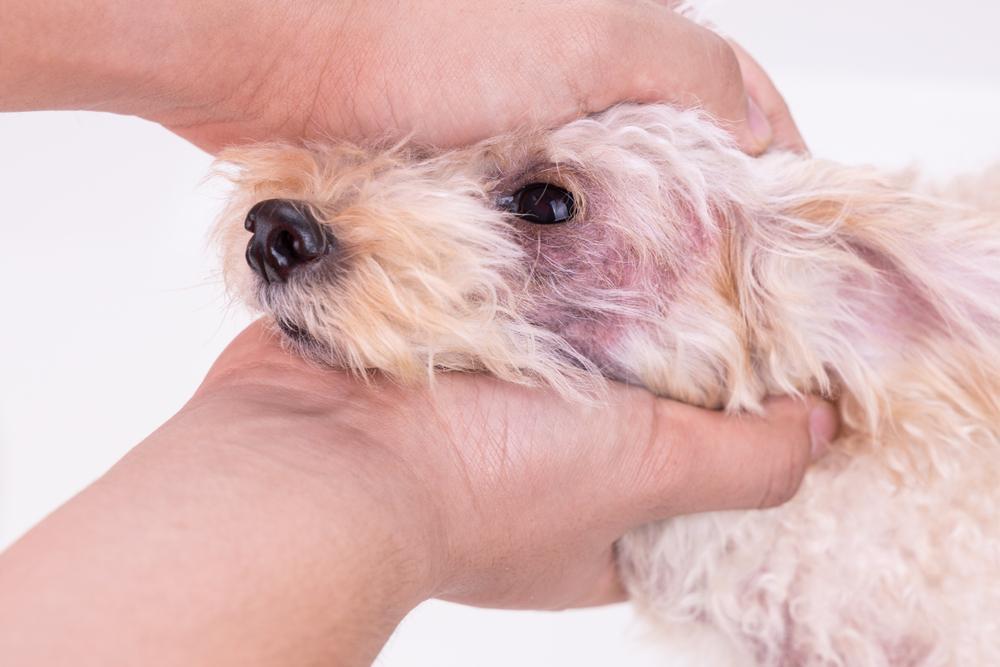
Disease ManagementGeneral HealthAutoimmunityDogsItching & AllergiesSkin Health
Can Genes Result in Poor Skin Function?
Mar 03 2021
•
8 min read

Disease ManagementGeneral HealthAutoimmunityDogsItching & AllergiesSkin Health
5 Top Tips for Skin Health in Your Dog
Dec 08 2020
•
9 min read
✕




